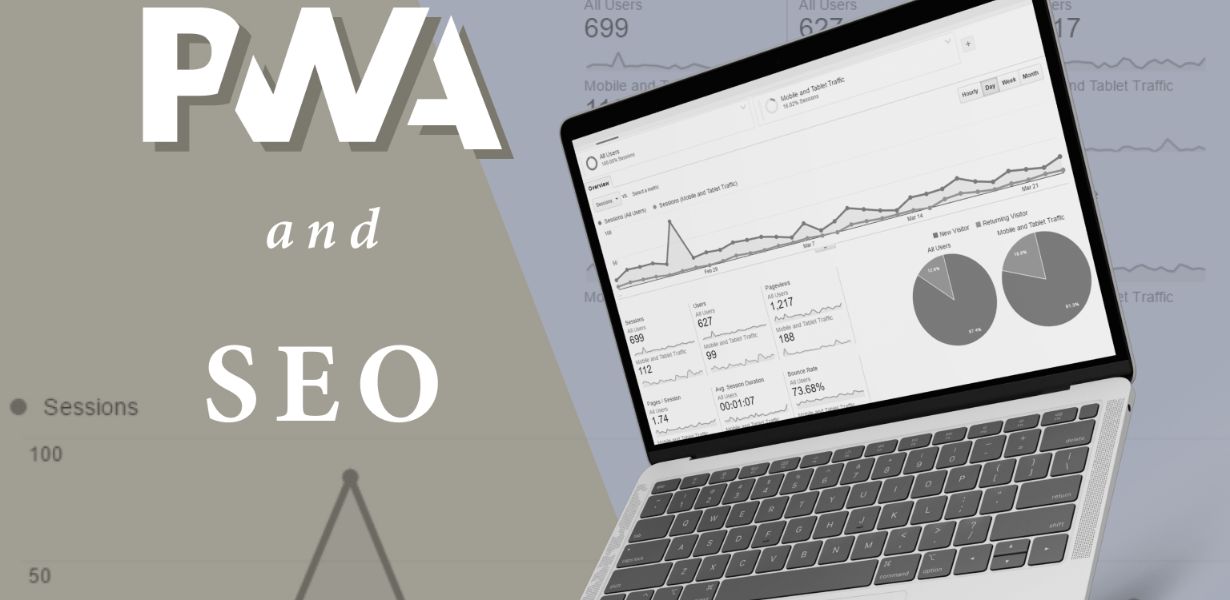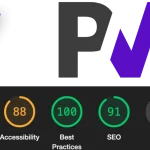
GPU Acceleration Transforms PWA Performance on Mobile Devices
- Post
- August 8, 2023
- Progressive Web Apps, PWA Performance, Web Technologies
- 0 Comments
In the ever-evolving landscape of mobile technology, Progressive Web Apps (PWAs) have emerged as a groundbreaking solution that combines the best of both web and mobile app worlds. These lightweight, responsive, and user-friendly applications are bridging the gap between websites and native apps, offering an enhanced user experience that loads quickly and functions seamlessly across various devices. However, as mobile devices continue to evolve, there’s a growing demand for even greater performance and responsiveness. This is where GPU acceleration steps in to break down barriers and propel PWA performance to new heights.
The Pinnacle of Performance: Unveiling GPU Acceleration
Harnessing the power of Graphics Processing Units (GPUs), GPU acceleration is set to redefine the possibilities of PWA performance on mobile devices. Unlike CPUs, which focus on general computing tasks, GPUs are specialized processors designed to handle complex graphics computations. This specialization makes GPUs incredibly efficient at rendering visuals, which is a crucial component of many PWAs. By offloading graphic tasks to GPUs, PWAs can achieve smoother animations, faster loading times, and overall improved responsiveness.
Powering Up User Experience: The Synergy Between PWAs and GPUs
Progressive Web Apps have already demonstrated their potential by providing users with fast-loading, offline-capable, and app-like experiences. However, the introduction of GPU acceleration takes this potential to a whole new level. With GPUs handling graphics-intensive tasks, PWAs can deliver immersive and visually engaging experiences that rival native apps. This synergy between PWAs and GPUs promises to eliminate the performance gap and offer users an unparalleled journey through mobile web interactions.
Overcoming Bottlenecks: Enhancing Animation and Rendering
Animation and rendering play a pivotal role in the user experience of PWAs, often contributing to the sense of fluidity and responsiveness. However, these processes can be resource-intensive, leading to potential bottlenecks on mobile devices. GPU acceleration addresses these challenges by expediting animation and rendering tasks. With GPUs taking the lead, PWAs can maintain their high standards of smoothness and interactivity, regardless of the complexity of animations or the intricacy of visual elements.
Turbocharging Loading Times: GPU’s Impact on Performance
The need for speed is undeniable in today’s digital landscape. Users expect websites and applications to load instantaneously, regardless of their device’s specifications. GPU acceleration addresses this demand head-on by optimizing loading times. By delegating resource-intensive tasks to GPUs, PWAs can load faster and minimize lag, providing users with a seamless experience from the moment they access the application.
SEO Meets GPU: Boosting Search Visibility and User Engagement
In the realm of SEO, speed and user engagement are critical factors that directly influence search rankings. Google’s emphasis on Core Web Vitals, which include metrics related to loading performance and interactivity, highlights the importance of a well-optimized user experience. GPU-accelerated PWAs align perfectly with these metrics, ensuring that websites not only meet but exceed the expectations of search engines and users alike.
The Next-PWA Revolution: Integrating GPU Acceleration
The evolution of PWAs is an ongoing journey, and the incorporation of GPU acceleration marks a pivotal turning point. The term “next-PWA” encapsulates this revolution, signifying the leap towards a new era of mobile web experiences. By embracing GPU acceleration, next-PWAs push the boundaries of what’s possible, setting a higher standard for performance, interactivity, and visual appeal.
A Glimpse into the Future: Expanding Possibilities
As the capabilities of GPUs continue to advance, so does the potential for PWAs. With the fusion of these technologies, we’re on the brink of an era where mobile web experiences are not just comparable to native apps, but indistinguishable from them. The convergence of PWAs and GPU acceleration opens doors to innovative features, complex simulations, and lifelike visualizations that were once deemed beyond the scope of the mobile web.
Final Words
In a world where mobile devices have become an extension of ourselves, the demand for exceptional user experiences is more pressing than ever. Progressive Web Apps have been at the forefront of meeting this demand, and now, with GPU acceleration, they are positioned to shatter existing barriers and usher in a new age of performance excellence. By leveraging the power of GPUs, next-PWAs have the potential to redefine the possibilities of mobile web interactions, delivering experiences that are nothing short of remarkable.
Commonly Asked Questions
Q1. How does GPU acceleration impact PWA loading times?
GPU acceleration significantly enhances loading times by optimizing resource-intensive tasks, resulting in faster and more responsive PWAs.
Q2. Are GPU-accelerated PWAs compatible with all devices?
Yes, GPU-accelerated PWAs are designed to work across a wide range of devices, ensuring a consistent and high-quality user experience.
Q3. Can GPU acceleration improve SEO rankings for PWAs?
Absolutely. GPU-accelerated PWAs align with Google’s Core Web Vitals, enhancing loading performance and interactivity, which positively impacts search visibility.
Q4. What sets next-PWAs apart from traditional PWAs?
Next-PWAs integrate GPU acceleration, revolutionizing performance, animation, and rendering capabilities, setting a new standard for mobile web experiences.
Q5. Is GPU acceleration the future of mobile web development?
Indeed, GPU acceleration holds the key to unlocking the full potential of PWAs, paving the way for a future where mobile web experiences rival native applications in every aspect.




